Planning your first European adventure feels like opening a treasure chest of possibilities. Centuries of history, stunning architecture, incredible food, and cultures that shift dramatically from one country to the next — it’s no wonder millions of Americans cross the Atlantic annually.
The continent delivers everything from Venice’s romantic canals to Berlin’s vibrant nightlife, Prague’s medieval charm to Greece’s sun-soaked islands. Yet Europe can be trickier to navigate than many first-time visitors anticipate.
Here’s a list of 14 common mistakes that can transform your dream vacation into a series of frustrating (and expensive) lessons.
Overpacking Your Itinerary
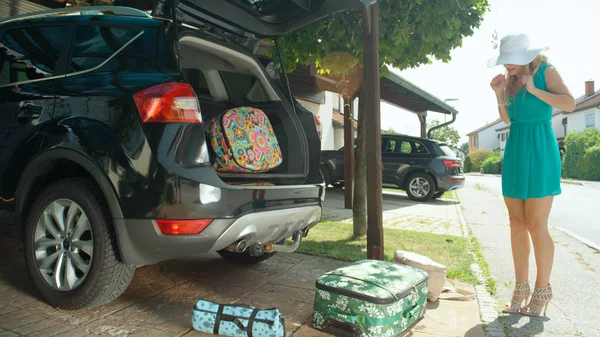
First-time visitors often attempt to see every major European city in two weeks — hopping from Paris to Rome to Amsterdam to Barcelona like they’re collecting passport stamps. This exhausting approach prevents you from actually experiencing any destination deeply.
You’ll spend more time in airports and train stations than exploring the places you came to see, though the temptation to ‘see it all’ is understandable. A better strategy involves choosing two to three countries maximum, for a two-week trip, allowing you to settle into each place’s rhythm rather than constantly rushing to catch the next flight.
Not Understanding Train Systems
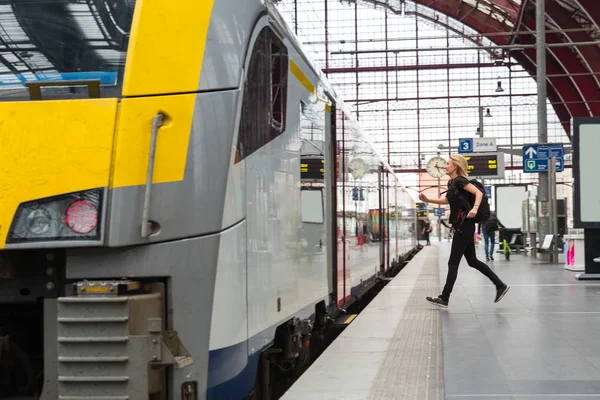
European trains are fantastic, yet each country operates differently. Many Americans assume they work like domestic flights — just show up and board. Some routes require advance reservations, especially high-speed trains like France’s TGV or Spain’s AVE, and these can sell out during peak season.
Regional trains often don’t require reservations, but you must validate your ticket before boarding, or face hefty fines that can exceed the cost of the original ticket.
Like Travel Pug’s content? Follow us on MSN.
Ignoring Cultural Dining Hours
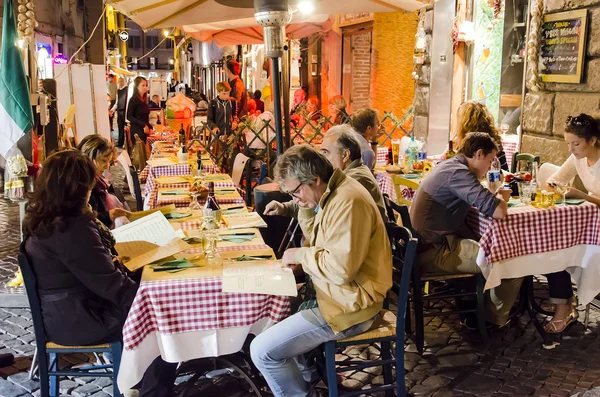
Americans typically eat dinner around 6 or 7 PM, while in Spain, restaurants don’t even open for dinner until 9 PM. Locals often don’t sit down to eat until 10 or 11 PM — a cultural difference that catches many visitors off guard. In Italy, numerous restaurants close between lunch and dinner, typically from 3 to 7 PM.
Understanding local meal times prevents hungry, frustrated wandering through empty streets while helping you experience authentic local dining culture rather than tourist-trap establishments that cater to American schedules.
Bringing Too Much Cash or Too Little
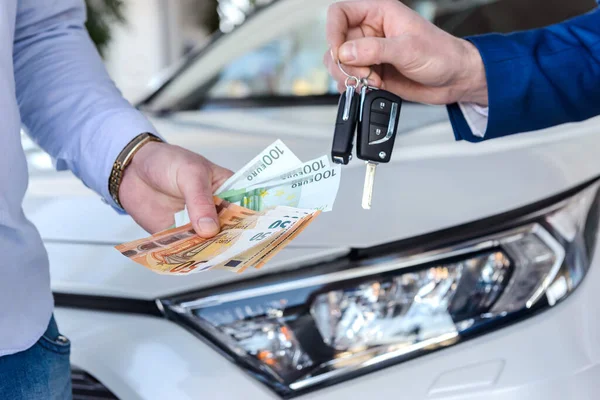
Some travelers arrive with thousands in cash — thinking Europe doesn’t accept cards — while others bring nothing but plastic and get stuck when they need coins for public restrooms or small market vendors. Most European businesses accept cards, though you’ll need cash for tips, public transport in some cities, and those charming little cafés that only take euros.
Many ATMs charge international fees, so notify your bank about travel plans and find out which ATM networks offer the best rates while carrying around €100–200 in small bills to cover most cash-only situations.
Not Validating Public Transport Tickets
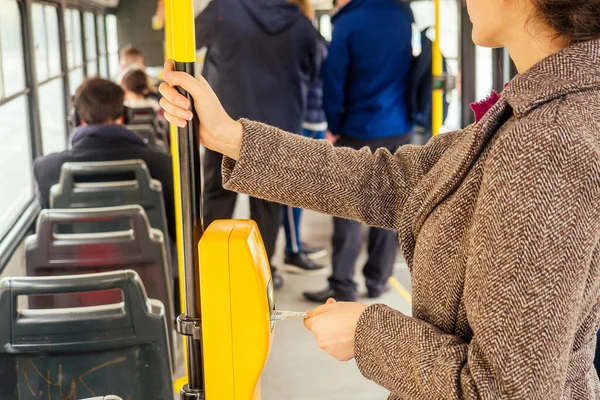
European public transport operates on an honor system in many cities — you buy tickets but don’t necessarily show them to board buses or trains. However, you must validate tickets in small machines before traveling, and transit police conduct random checks with hefty fines for unvalidated tickets.
This system confuses Americans accustomed to turnstiles and ticket checkers at every entry point. Those little yellow or green machines near platform entrances aren’t decorative — they’re essential for avoiding fines that can cost more than your entire day’s transportation budget.
Like Travel Pug’s content? Follow us on MSN.
Expecting American-Style Customer Service

European service culture prioritizes efficiency and professionalism over the bubbly friendliness Americans expect from retail and restaurant workers. Waiters won’t check on you every five minutes — store clerks might not greet you with enthusiastic smiles — and service can feel brusque compared to American standards.
This doesn’t mean Europeans are rude, though. They’re simply operating under different cultural norms where excessive cheerfulness can seem fake or intrusive. Adjusting expectations helps you appreciate the competent, no-nonsense service style rather than interpreting it as unfriendliness.
Underestimating Walking Distances
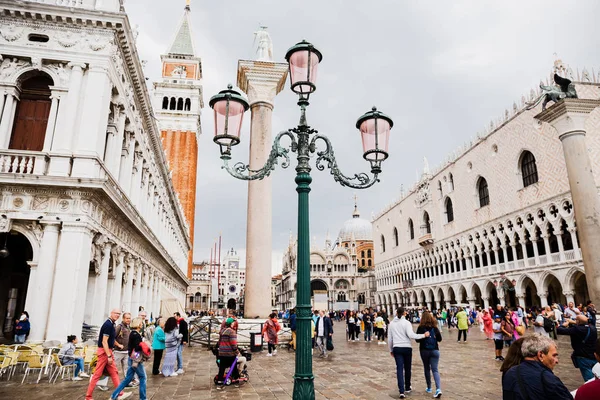
GPS might indicate a destination is ‘only’ 15 minutes away, yet European city centers are dense with narrow, winding streets that can make that walk feel much longer, especially with luggage. Many historic city centers ban cars entirely, meaning you’ll walk on cobblestones with uneven surfaces that are beautiful but tough on feet and wheels.
European cities reward walkers with incredible architecture and hidden gems. Comfortable shoes are essential, though — those stylish new boots you bought for the trip will become instruments of torture after a day wandering through Rome’s ancient streets.
Not Checking Museum Closing Days
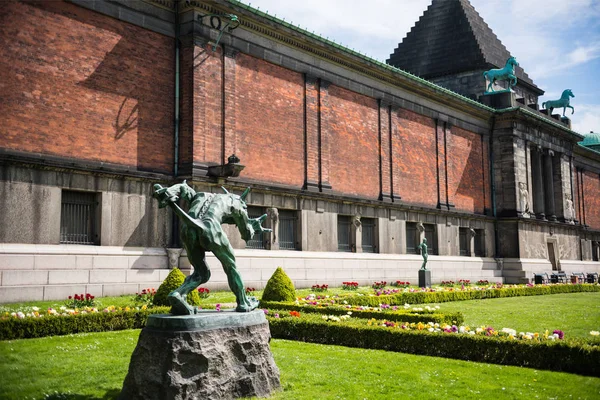
Many major European museums close on Mondays, while others close on Tuesdays, and some have abbreviated hours on certain days of the week. Nothing’s more disappointing than arriving at the Louvre on Tuesday (when it’s closed) or showing up at a museum 30 minutes before closing time.
Religious sites often close during service times, and many attractions have different summer and winter schedules. Spending five minutes checking operating hours and booking timed entry tickets online saves entire days while preventing the frustration of staring at locked doors as precious vacation time ticks away.
Like Travel Pug’s content? Follow us on MSN.
Falling for Tourist Trap Restaurants

Restaurants with menus in eight languages — aggressive hosts pulling people off the street — and locations directly facing major tourist attractions usually serve mediocre food at inflated prices. Authentic local restaurants are often tucked away on side streets, have menus only in the local language, and cater to neighborhood residents rather than tour groups.
Look for places where locals eat. If you see families with children and older residents, you’ve probably found somewhere good, though restaurants that display photos of their food are usually catering to tourists rather than locals who already know what regional dishes look like.
Not Understanding Tipping Culture

American visitors often either over-tip dramatically or stiff service workers because they don’t understand European tipping norms — a cultural minefield that’s easy to navigate once you know the basics. In most European countries, servers earn a living wage, so tips are appreciated but not expected to supplement low hourly pay like in the United States.
Rounding up to the nearest euro or leaving 5–10% is usually sufficient for good service. However, tipping customs vary significantly between countries. What’s appropriate in Germany might be excessive in Denmark, making it worthwhile to learn basic tipping etiquette for each country to prevent awkward moments and ensure you’re treating service workers appropriately.
Packing Inappropriate Clothing

Many Americans pack like they’re going to a theme park, wearing shorts, flip-flops, and baseball caps to historic churches and upscale restaurants where dress codes matter. European fashion tends to be more conservative and polished than typical American casual wear, and some religious sites require covered shoulders and long pants for entry.
Dressing appropriately isn’t about looking European, though it’s about showing respect for local customs. You’ll avoid the embarrassment of being turned away from places you want to visit, and a simple cardigan or scarf can transform an outfit from tourist-obvious to respectfully appropriate.
Like Travel Pug’s content? Follow us on MSN.
Not Having Backup Plans for Weather

Europe’s weather can be unpredictable, and many first-time visitors don’t pack for sudden rain showers or unexpected cold snaps, even in summer. London can be sunny at breakfast and pouring rain by lunch, while mountain areas can drop 20 degrees when clouds roll in.
Having indoor alternatives for outdoor sightseeing plans prevents entire days from being ruined by weather. Museums, covered markets, and historic buildings offer fascinating alternatives when outdoor activities become miserable, and a compact umbrella takes up minimal luggage space while providing maximum comfort.
Assuming Everyone Speaks English

While many Europeans speak excellent English, assuming everyone does can lead to frustrating communication breakdowns and come across as presumptuous. Learning basic phrases like ‘hello,’ ‘please,’ ‘thank you,’ and ‘excuse me’ in local languages shows respect and often results in warmer interactions. Even attempting to speak the local language, however poorly, demonstrates effort that locals appreciate.
Translation apps help with complex conversations, but starting interactions in the local language, even if you quickly switch to English, sets a more positive tone than immediately launching into English and expecting understanding.
Overspending on Airport Transportation
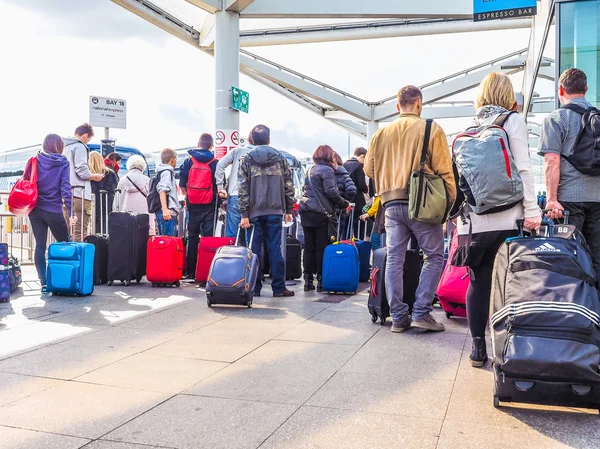
Airport taxis and ride-shares in major European cities can cost €50–100 for trips that public transport covers for under €10. Most European airports have excellent train, bus, or metro connections to city centers that are faster and cheaper than sitting in traffic.
The Heathrow Express gets you to central London in 15 minutes for a fraction of the taxi cost, while Rome’s Leonardo Express connects Fiumicino Airport to the city center efficiently and affordably. Researching airport transportation options before arrival prevents that moment of sticker shock when a taxi driver quotes astronomical prices for what should be a simple journey.
Like Travel Pug’s content? Follow us on MSN.
Reflecting on European Adventures

These mistakes might seem overwhelming, but they’re actually part of what makes European travel so enriching. Learning to navigate different cultures, systems, and expectations broadens perspectives in ways that staying in familiar environments never could. The continent’s diversity means that mastering travel in France doesn’t necessarily prepare you for the rhythms of Greece, yet each experience builds confidence and cultural awareness.
Most Europeans are patient with well-intentioned travelers who make honest mistakes, and these small mishaps often become the stories you tell for years afterward. The key is approaching European travel with curiosity rather than assumptions, allowing yourself to learn from each experience rather than expecting everything to work exactly like it does back home.
More from Travel Pug

- 20 Best Beach Towns in the Carolinas
- 13 Destinations Where Tourists Regularly Regret Their Trip
- 20 Things You Actually Get in First Class
- 20 Small Airports With Aviation Museums
- 20 Places in the U.S. That Are Perfect for a Reset Trip
Like Travel Pug’s content? Follow us on MSN. content? Follow us on MSN.
